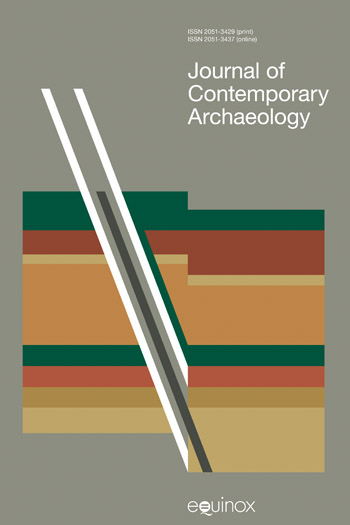Preserving Cultural Heritage in the Digital Age
Sending Out an S.O.S.
Nicola Lercari [+–]
Ludwig Maximilian University of Munich
Willeke Wendrich [+–]
University of California, Los Angeles
Benjamin W. Porter [+–]
University of California, Berkeley
Margie M. Burton [+–]
University of California, San Diego
Thomas Evan Levy [+–]
University of California, San Diego
In late August 2015, international media outlets and cultural institutions reported that the Islamic State beheaded the Syrian scholar Khaled al-Asaad and destroyed the 1st-century CE Temple of Bel in Palmyra, Syria. The world was horrorstruck. Apart from the human tragedy, archaeologists and the international communities were shocked by the wanton destruction of ancient remains that had survived for millennia. However, warfare and ideological destruction contribute just a fraction of the ongoing devastation of our forebears’ traces. This book brings attention to the magnitude of the silent loss of cultural heritage occurring worldwide and the even more insidious loss of knowledge due to the lack of publication and preservation of original data, notes, plans, and photographs of excavated archaeological sites. Highlighting a growing sense of urgency to intervene in whatever way possible, this book provides readers with a non-technical overview of how archaeologists and other stakeholders are increasingly turning to digital methods to mitigate some of the threats to at-risk cultural heritage. This volume is a gateway to enhancing the scale and reach of capturing, analyzing, managing, curating, and disseminating cultural heritage knowledge in sustainable ways and promoting collaboration among scholars and stakeholder communities.
Table of Contents
Prelims
Introduction
Chapter 1
Chapter 2
Merced.
Chapter 3
México.
Chapter 4
included in the 2021 Stanford list of top 2% ranked scientists in the world. The founder of two international journals (in Scopus and WoS) and member of editorial boards of over 30 Scopus indexed journals, he has also published more than 300 papers and books (www.liritzis.eu).
Chapter 5
Chapter 6
Chapter 7
Chapter 8
Chapter 9
Chapter 10
Change and, Arizona State University Libraries, Arizona State University.
Chapter 11
End Matter








